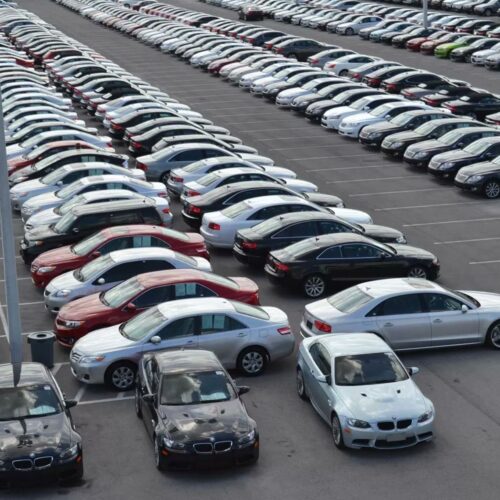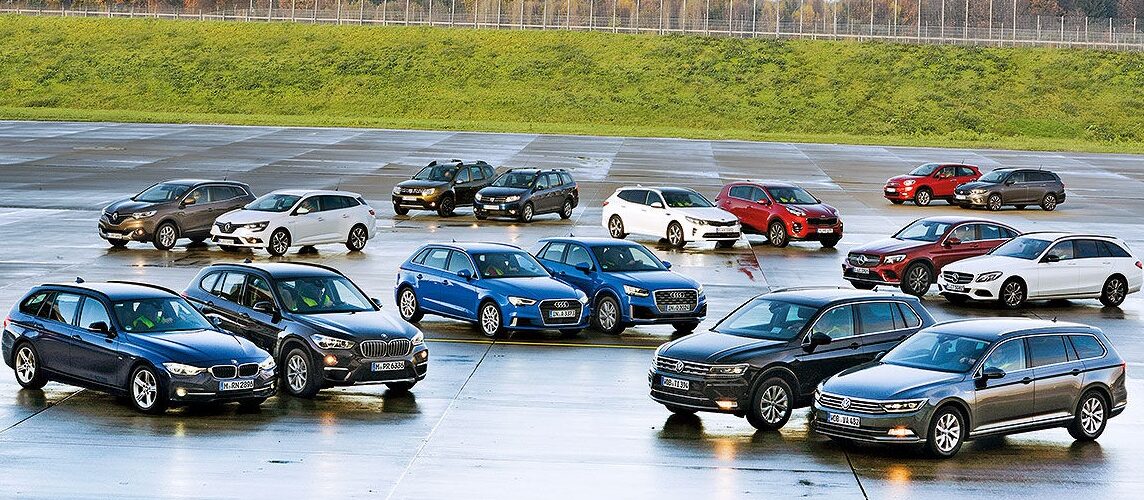Business backup generators are utilized to give capacity to business structures or associations during blackouts. In case of a blackout, business reserve generators are fit for detecting the deficiency of force and continuing the stock of force through the generators quickly. The most common way of moving and continuing power from the Commercial generator happens in no time, hence guaranteeing that the hardware or apparatus at work keeps on working without interference. A business backup Genset for the most part burns normal gasoline, propane, or diesel.
Motor
A generator’s motor is tantamount to some other diesel or gaseous petrol motor in that it changes over substance energy (diesel, petroleum gas, or propane) into mechanical energy. It should be expressed unmistakably, that the size of the motor is straightforwardly identified with the most extreme result of the force that can be provided by the Diesel generator repairs. The measure of pull that is the yield from the motor associates to the most extreme result of power created. A portion of the parts of the motor in a business motor is like shopper motors, like the cylinders, motor squares, fuel injectors, driving rods, and admission valves.
RADIATOR
The radiator is appended to the motor. There are two kinds of ways of cooling a generator. You could utilize a radiator, which is most generally mounted close to the motor. The other normal method for cooling a generator is by utilizing a hotness exchanger, which regularly takes cool water from an outer source to decrease the temperature of a motor. The radiator could basically be independent or it could take care of a connection that is steered to a ventilation framework. The radiator scatters hotness and keeps the generator running cool for extensive stretches of time, particularly during substantial use.
GENERATOR END (ALTERNATOR)
The generator end is the part that produces power by diverting the mechanical information that is provided by the motor. The generator end (alternator) has two primary parts that empower it to viably run and produce power. These parts are subsequently known as the Stator and Armature. The Rotor (Armature) is a moving part that delivers an attractive power that causes electrons to move and creates power.
How Do Generators Create Electricity?
Generators don’t really make power. All things considered, they convert mechanical or synthetic energy into electrical energy. They do this by catching the force of movement and transforming it into electrical energy by constraining electrons from the outer source through an electrical circuit. A generator is basically an electrical engineer working backward.
Some electrical Commercial generators, like those at Hoover Dam, for instance, are colossal and give gigantic measures of energy by moving the power made by water transforming turbines into power. Private and business generators, notwithstanding, are a lot more modest and depend on more customary fuel sources like diesel, gas, and propane to make mechanical power that would then be able to be constrained into a circuit and prompt an electrical flow.
Indeed,
A generator is a machine used as an alternative to electricity. Here we know about each & every detail of it.





